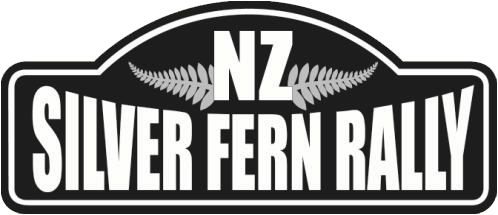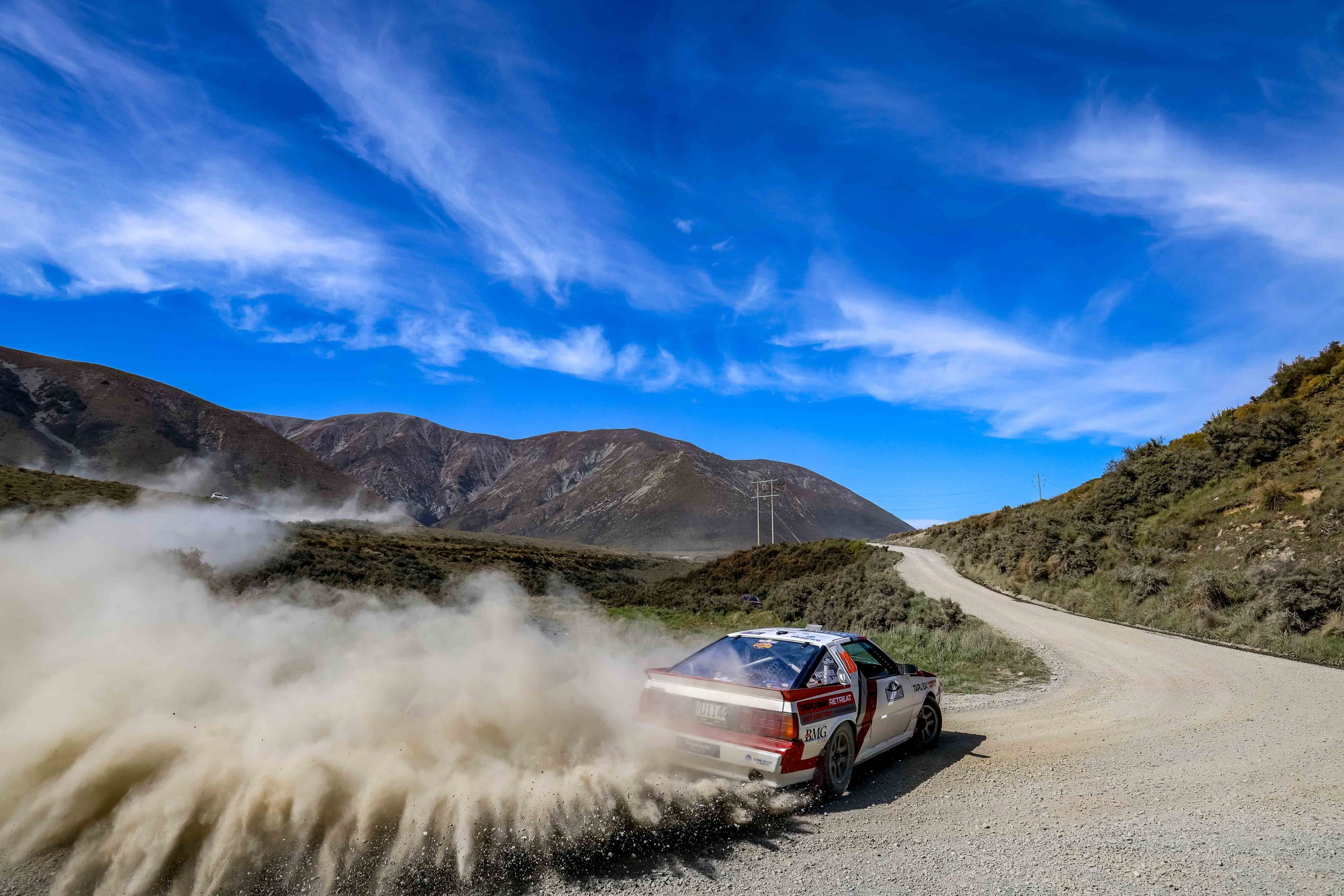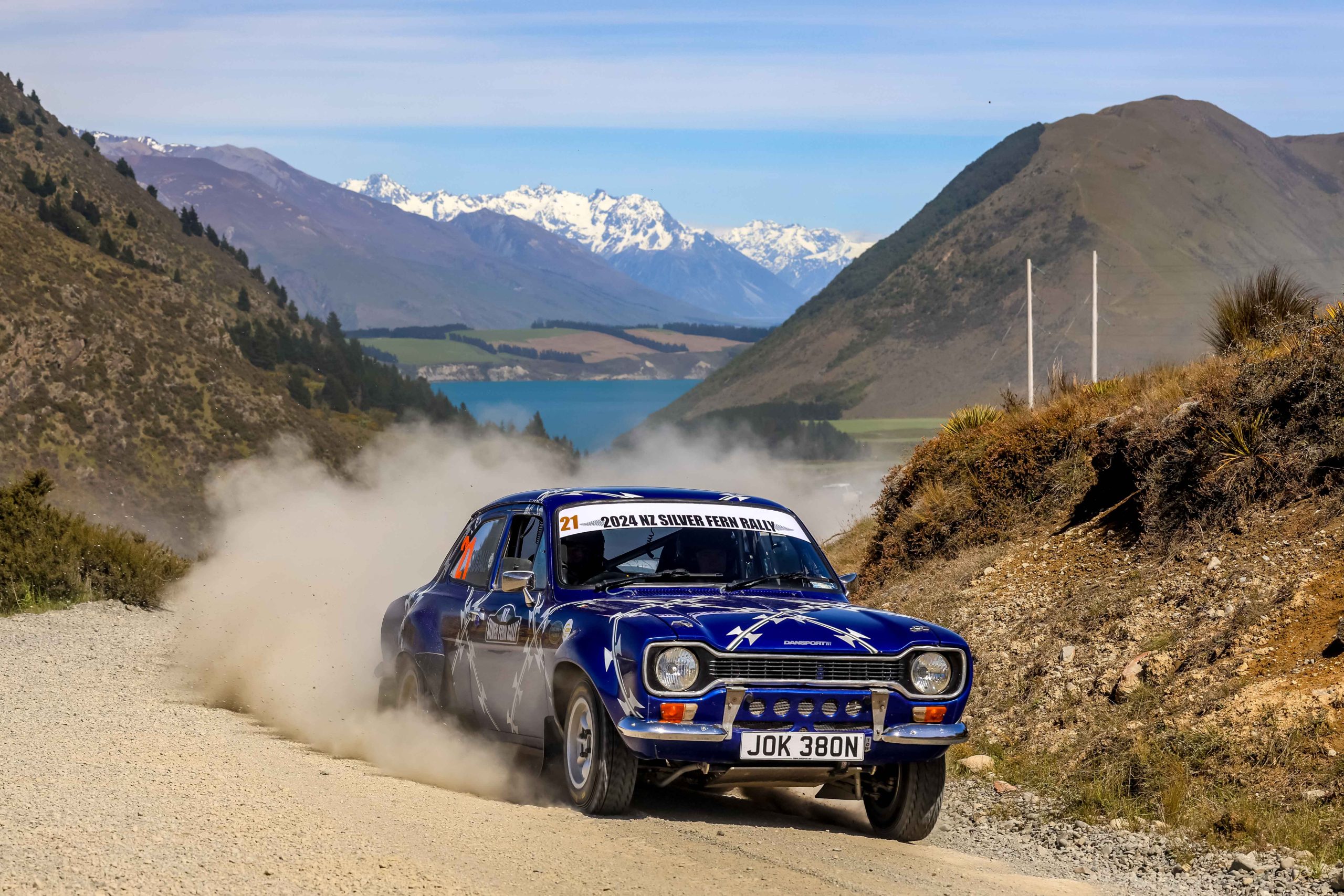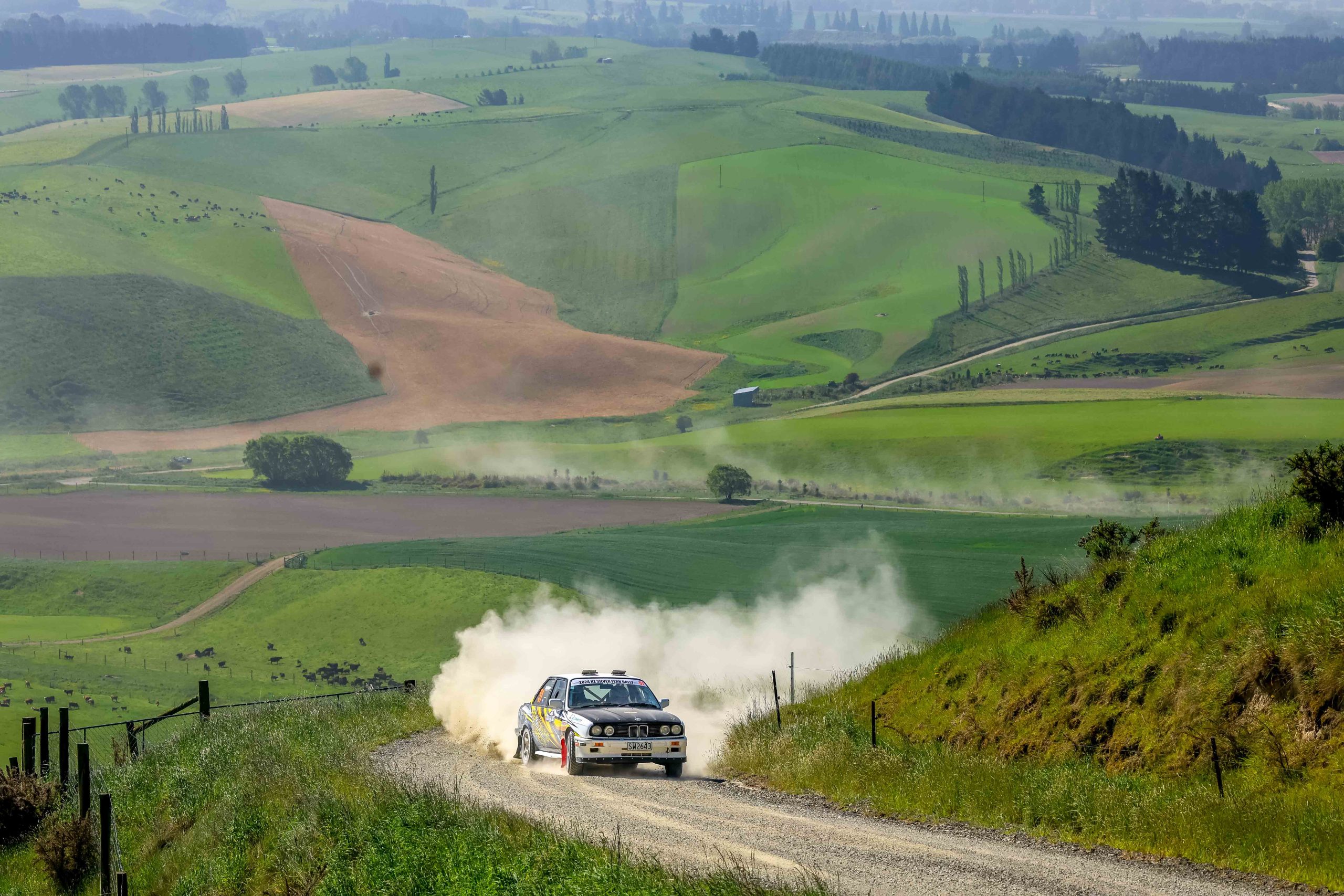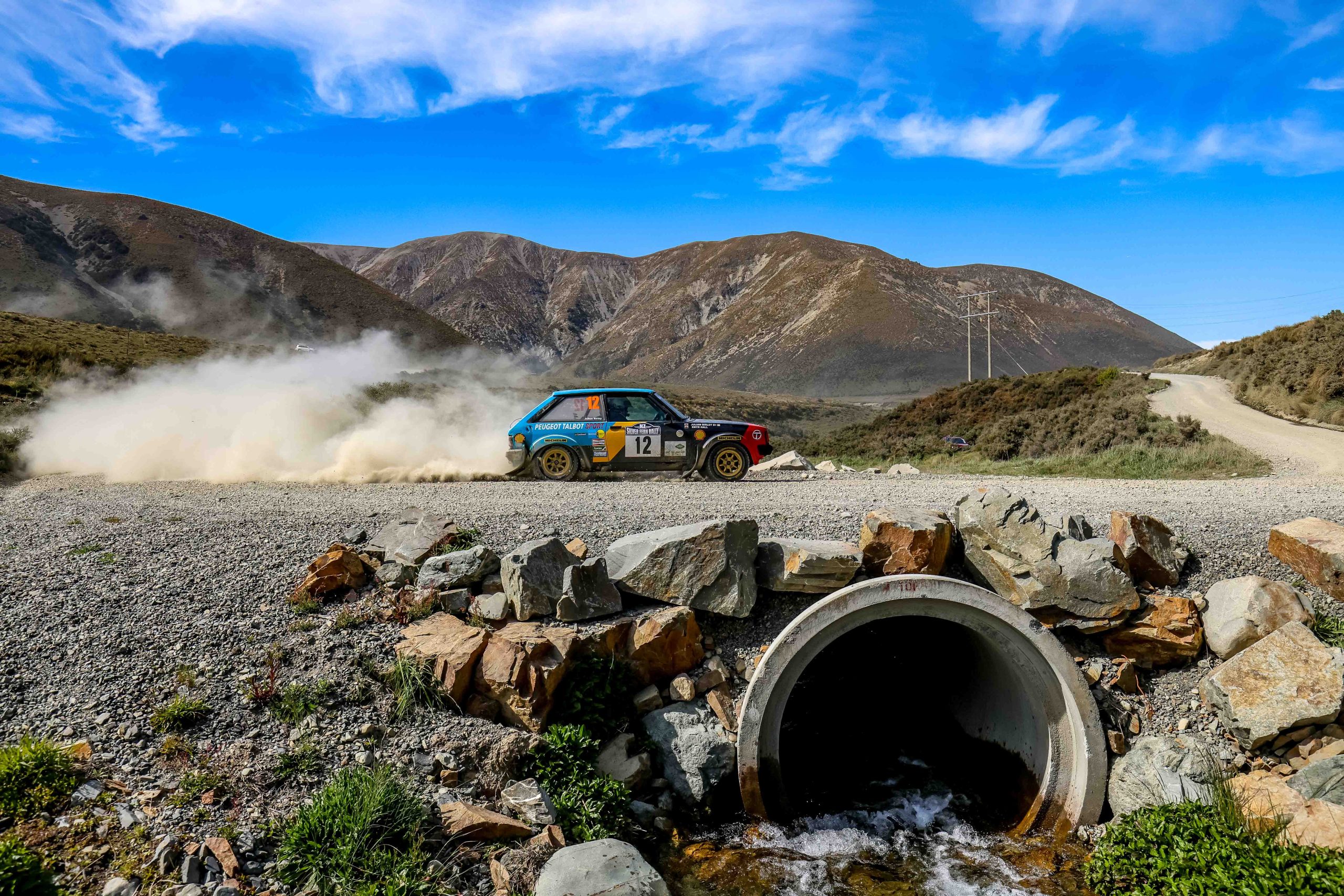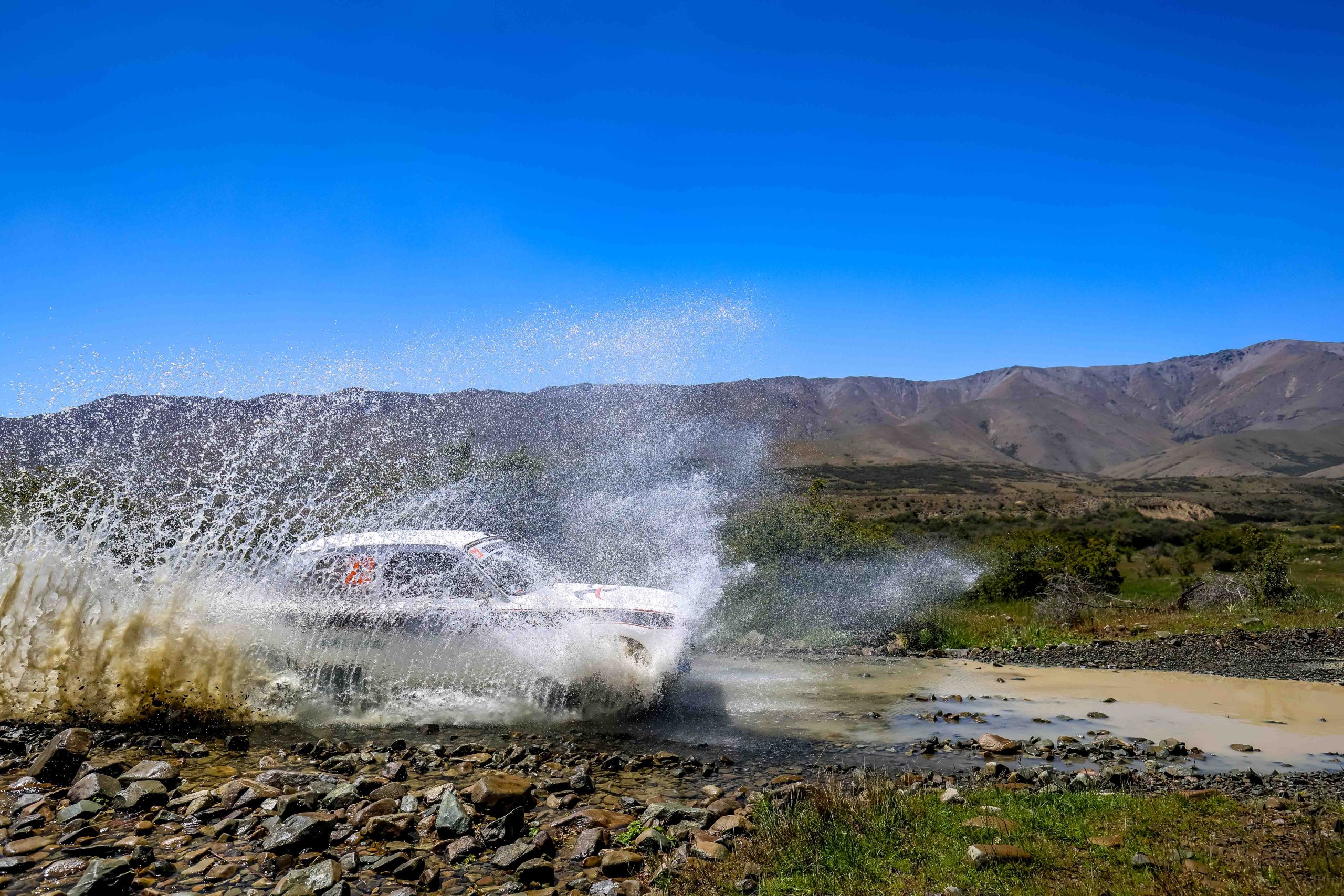Origins: Classic Kiwi gravel, marathon spirit
The Silver Fern story is woven from decades of New Zealand’s gravel tradition — long, flowing public roads turned into closed special stages, dedicated volunteers, and communities that treat rally week like a festival. From early marathon concepts to the modern Silver Fern, the aim has been the same: a true driver’s rally that rewards pace, preparation and persistence.
- Epic North Island itineraries linking forests, farmland and volcanic plateaus.
- Classic cars run alongside period-inspired builds and early 4WD icons.
- A culture of mateship in service parks — competitors helping competitors.
